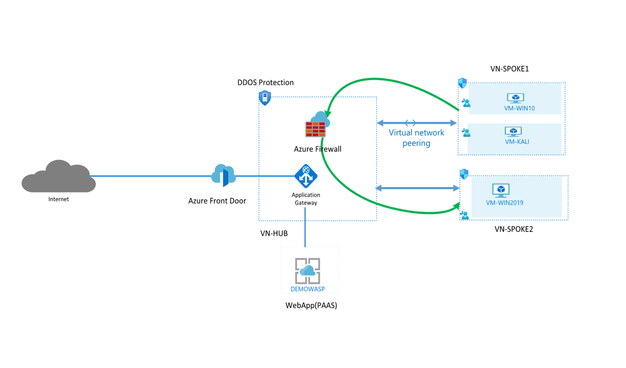If you prefer centralization to segmentation,
If you prefer “cloud only” to cloud as a last resort,
If you prefer outsourcing your help desk to building tribal knowledge,
I’m not your huckleberry.
Why? Because...
I will tear your team apart.
I will deconstruct your team
and reconstruct your team.
As quickly as I can, I’ll replace the “cloud only” people with
people who value security over convenience, with
people who value security over lowest cost, with
people who value security over business as usual.
From Accounting to Marketing to Sales to Customer Care, every department will be involved in reviewing their part of the company’s data to determine what must be online, and what can be stored locally.
You will have a server room of your very own.
Your own IT personnel will hear the whirring of the servers’ fans.
I will replace some VPNs with more expensive dedicated circuits.
Some data will only be accessible by coming into the office.
In Customer Care, no single login will be able to access all customers’ sensitive information. Depending on the size of the company and call center, one Customer Care representative may only be able to access A-M, or A-G, or maybe even just A. If a cybercriminal phishes their login, that’s all the cybercriminal will get.
Everything will be backed up locally.
Everything.
Even what’s left in the cloud.
Yes, there will still be some data left in the cloud, like your store, where you sell stuff.
And there may still be some data off premise, in private cloud storage, on servers the company owns, rather than servers the company leases.
But, for the most part, the cybercriminal will have to enter the building to access the data.
Instead of having only one security mechanism (authentication), you will have two: authentication security plus location security.
If you can’t make a profit with this security model, one of two things are true.
Either
Your business model isn’t viable,
Or
You suck at running a business.
It has always been possible to run a profitable business without creating a global attack surface for your sensitive data.
The Cloud Sales Machine has done an incredibly effective job of convincing you
that if it’s not secure, it’s your fault,
that authentication is enough,
that cheap is just as good.
The Cloud Sales Machine has done a really, truly, amazingly, incredibly effective job with that last one: cheap.
It is rational for you to question whether your monthly subscription and service fees have gotten out of hand.
It is rational for you to be dismayed at the complexity of the pricing scheme, because it really is a scheme, carefully designed to hide the true cost in a swirling fog of mystery.
It is rational for you to think, “Maybe we could actually save money by pulling this in-house.”
But don’t lose sight of the objective.
The objective isn’t to do it the least expensive way possible.
The objective is to do it in a way that is secure, and still profitable.
If any of this makes sense to you,
I’m your huckleberry.
#CallMeIfYouNeedMe #FIFONetworks #cybersecurity #networkarchitecture

